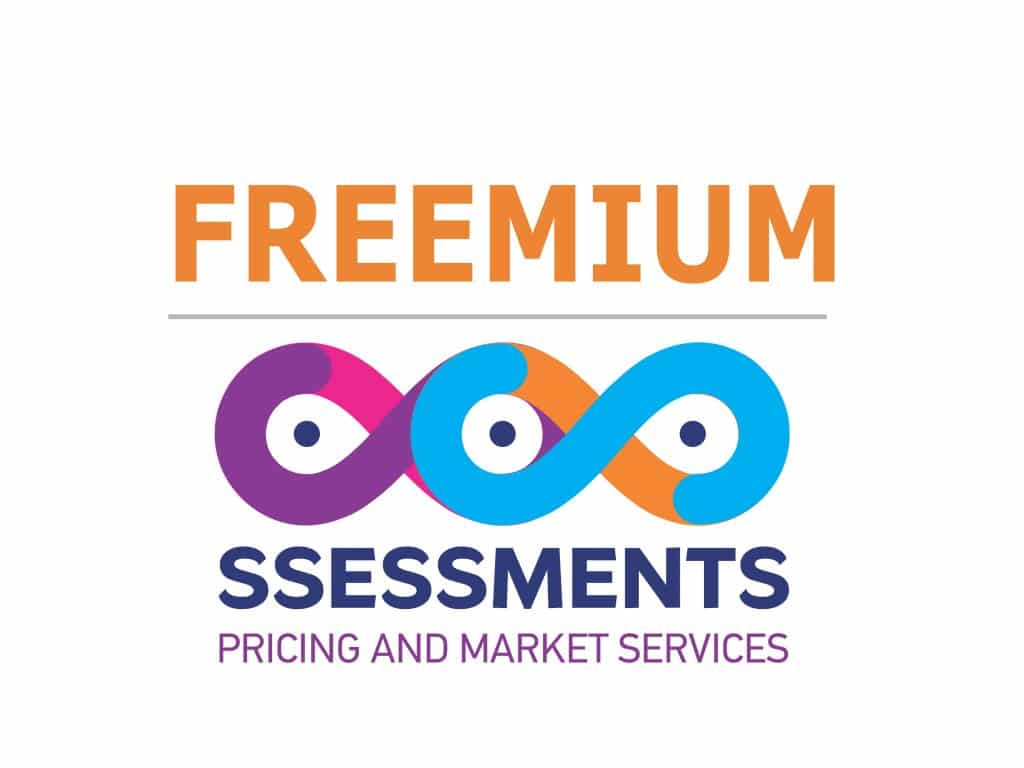Ocean Update
According to the company’s website news release on September 7, 2022, schedule reliability on ocean freight continues to be one of the key customer pain points across Europe in 2022, with industry reliability remaining low in the first quarter of the year.
Several factors impact reliability, such as inclement weather, terminal congestion, labour disruption, landside bottlenecks, container dwell time, terminal capacities and more.
Integrated buffer times are designed to cope with each of these factors at a time, but when two or more come together simultaneously, it creates a ripple effect that causes significant disruption to systems. It takes time for schedules to get back in sync and causes delays across the supply chain – something we’ve seen frequently over the past 18 months.
Despite this, Maersk remains the most reliable carrier globally and continues to implement contingency measures to keep reliability as high as possible. This includes upgrading the vessel network, deploying extra vessels where necessary, converting inland flows to rail and frequent analysis and investment in the network structure.
Market volatility is expected to continue for the foreseeable future, and Maersk has been working hard to bring schedules back on track despite the disruptions. Maersk can see signs of improvement in Europe, especially in North Europe, and Maersk expect to have exceeded the turning point.
As demand normalises, terminals stabilise, and Maerks procure more flexible intermodal capabilities, Maersk can expect further reliability improvements across company customers’ supply chains.
One of the most important events and deadlines on the logistics calendar, Golden Week, is also on the horizon. Click here to hear from Maersk Head of Import Market Management, Richard Thistlethwaite, as he outlines the best way to manage your supply chain before, during and after the national holiday in China.
Key Ports Update
Terminal congestion and high yard density levels have caused significant disruptions across Europe in recent months, but Maersk are seeing improvements in terms of stability thanks to the implementation company of contingency measures at key ports – such as mapping new solutions with alternative terminals and procuring extra landside transportation for support.
This has been boosted by a salary agreement being reached between trade union ver.di and the Central Association of German Seaport Companies (ZDS), which previously caused repeated strike actions across German ports.
While a deal until May 2024 is positive news for logistics operations across Europe, there remains a very small risk of workers going on strike without union backing. Maersk will continue to do all its power to combat strike action and keep customers updated, should any go ahead.
That has recently been the case in the UK’s Port of Felixstowe, where an eight-day strike came to an end on Monday, 29 August 2022. Maersk teams worked hard to establish a number of contingency measures that minimised the impact on customers, including changes to the vessel line-up to maximise available labour immediately before and after the strike.
Please visit the Maersk advisory page on Felixstowe for the latest updates and outlook. A two-week strike has been announced at the Port of Liverpool, UK, from 19 September, and Maersk will keep company customers informed of all developments as soon as possible.
While the situation in key hubs in Europe is under control, Maersk will continue to issue constant care to ensure yard density levels do not lead to operational disruption. Maersk expect levels to remain similar over the next month, although concerns remain over slow import pick-ups impacting overall efficiency.
To limit delays and help maintain terminal operations at a feasible level, Maersk kindly request you to please continue picking up full import containers or requesting dispatch as swiftly as possible after discharge. High season means carriers need to return containers to China as soon as possible, despite consumer spending continuing to be affected by inflation and recession fears.
With terminals having more available space to effectively distribute cargo, Maersk can plan in advance and enhance the long-term predictability and reliability of company customers’ supply chains.
Air Freight Update
The Air Freight market continues to be complicated to predict, but we’ve seen hints of stability over the past month. Airlines have been cancelling and re-routing flights in the wake of staff shortages and fuel costs, but labour is returning to more normal levels after the summer months and we’re seeing a slight reduction in fuel prices after the surge.
Inflation is playing a major role in global volume movements due to reduced sales and high inventory levels across major sectors, while sanctions on Russian carriers have led to volume and capacity reductions in Europe
Maersk is continuing to use its own controlled air freight network to combat industry disruption and keep supply chains moving. Although ocean freight conditions are starting to improve, demand for a reliable alternative for cargo is expected to remain high across Europe.
For more on company air network and expansion, click here.
Inland Update
Frequent disruptions in rail transport across Europe have been due to factors like line maintenance and construction, labour shortages and key port congestion having a knock-on effect on rail services.
Train cancellations have subsequently added pressure to an already pressured trucking industry, with driver shortages and fuel rate increases continuing to cause issues.
As cargo has been moved away from seaports to address ongoing problems on the ocean network, Maersk are subsequently seeing some inland terminals reach very high capacities.
However, positive trends from across European terminals, together with the procurement of additional rail and trucking capacity across the network, are starting to have a positive effect on services. Maersk expect network improvements to continue trending in the right direction as seaports return to normal operational levels. However, disruption is likely to continue for both rail and trucking.
In terms of barge transportation, low water levels on the Rhine had previously caused significant disruption to transportation with a ripple effect on truck and rail availability in Europe.
Due to recent rainfall, Maersk has been able to continue barge activity in several locations and clear the initial backlog. However, Maersk do expect levels to drop again and will provide an update on proceedings and contingency measures should that be the case.
E-Fulfilment Update
Although Euro zone consumer confidence rose slightly to -24.9 in August, according to Reuters, inflation and uncertainty continue to affect consumer spending within Europe.
With consumer spending on non-essential goods remaining low, warehouse capacity is increasing and adding pressure to the network. Businesses require greater flexibility in warehouse inventory management and picking/packing solutions.
Combatting the circumstances, Maersk E-Fulfilment facilitates multi-client warehouses to reduce costs for businesses and maximise the efficiency of warehousing space. Activities and resources are also shared across clients – for example at packing stations – in order to speed up operations and reduce potential pressure.
Meanwhile, company multi-node fulfilment network, is in place to bring e-commerce companies closer to the consumer, reduce lead times and ultimately bring last-mile costs down.
Disruption to last-mile supply chains due to the likes of increasing labour costs and worker shortages continues to pose issues. This means planning ahead in your supply chain is of paramount importance.
Maersk E-Fulfilment is keeping a close eye on the ever-changing developments across Europe, and planning ahead where necessary to ensure lead times between 2-4 days for your cross-border deliveries. Head to the E-Fulfilment portal here
Customs Update
Long-term supply chain disruption continues to impact customs strategies in Europe, as businesses are looking to find more sustainable solutions that make logistics operations resilient in the face of potential issues.
When goods flow, sourcing opportunities and costs are greatly affected, the supply of goods naturally becomes the focus. We’ve recently seen customers re-plan their supply chains by moving goods between units, finding alternative sourcing and distribution set-ups, and increasing stock at strategic locations in Europe.
Maersk are also beginning to see a shift in terms of customs handling, with increased awareness of the importance of customs for the supply of goods and an interest in how to organise and work with customs to enhance resilience.
For customers, it is about ensuring resources are available to handle the demands made in the event of unexpected, short-term changes, while creating the conditions to implement the necessary long-term efforts.
At Maersk, Maersk are supporting company customers as they navigate the current situation, By offering global customs clearance and ready-made customs solutions controlled from one place.
Maersk also work closely with customers to help them adopt new processes and platforms, as with the new Customs Declaration System launched in the United Kingdom in August.
These trends are expected to continue as Maersk move towards Q4, while expected demand fluctuations could see increased value in capacity flexibility and customers paying based on their specific needs.
To sign up for the Maersk Europe customer newsletter, click here.
Click here for the Maersk Asia Pacific market update.
Click here for the Maersk North America market update.
Tags: All Products,AlwaysFree,Americas,Asia Pacific,Central and East Europe,China,English,Europe,Germany,West Europe
Published on September 23, 2022 12:03 PM (GMT+8)Last Updated on September 23, 2022 12:03 PM (GMT+8)


